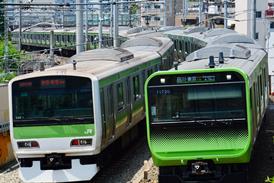Close menu
- Home
-
News
- Back to parent navigation item
- News
- Traction and rolling stock
- Passenger
- High speed
- Freight
- Infrastructure
- Policy
- Technology
- Ticketing
- Business
- Research, training and skills
- Accessibility and inclusion
- People
- Urban rail news
- Suburban and commuter rail
- Metro
- Light rail and tram
- Monorail and peoplemover
- Regions
- InnoTrans
- In depth
- Events
- Data
- Maps
- Tenders & Jobs
- Sponsored content
- Insights
Digital transport and the challenges of urbanisation
By Railway Gazette International2018-07-19T15:28:35

Digitalisation was the key topic of the SITCE conference in Singapore, held for the first time as part of the World Cities Summit.
Already have an account? LOG IN
To continue…
You’ve reached your limit of content for the month














